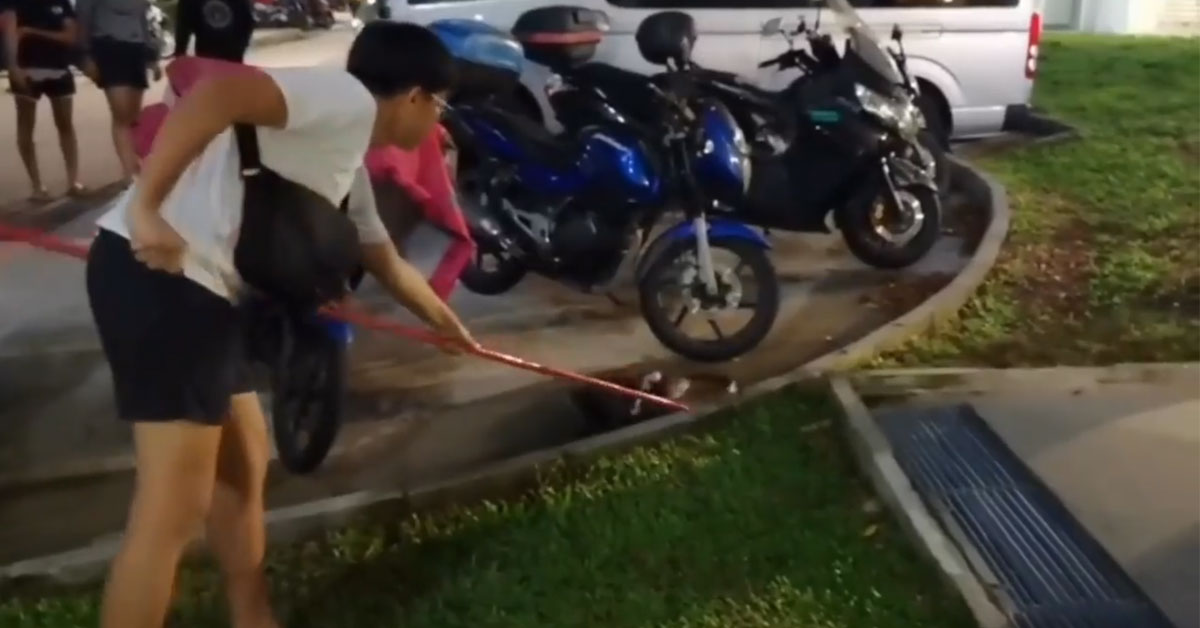Following Deputy Prime Minister Lawrence Wong’s 100-minute Budget 2024 Speech on 16 February, you probably thought Budget 2024 was confirmed, right?
Wrong.
Well, it has been approved now, but it wasn’t a month ago. On 16 February, all DPM Wong did was deliver a speech on the plan for Budget 2024. However, Budget 2024 had to go through many discussions and debates before it was actually approved.
You can read all about the process of forming and approving Budgets in this article, or watch a blue cat simplify it in the video below.
Budget 2024 Has Been Approved
When Cai Shen Ye Lawrence Wong delivers his Budget Speech every year, it’s not just about handouts.
Ok, maybe it is to us, but to those in Parliament, there’s more to it.
Budget Speeches allow the Government to take a look at Singapore’s revenue and then distribute it to the various ministries so they can continue to keep Singapore running.
This is why you’ve read so many articles about different ministries outlining their plans for the next financial year so they can justify why they need the money.
Think of it this way: it’s payday and you’re the sole breadwinner of your household. When you get paid, your family members gather around to justify why they need a certain amount of money before you distribute it accordingly.
For example, your son needs more money this month to buy a thermometer after he lost it for the nth time and schools need to do temperature check, or your wife needs less money this month as there will be CDC vouchers coming soon.
If your son asks you for $700 but doesn’t explain why he needs it then obviously you won’t give it to him right? Maybe if he tells you it’s compulsory for all students in his school to have an iPad then I guess you’ll give it to him because his spending is justified.
The debate where all these ministries try to “justify” their spending is called the Committee of Supply (COS). During the COS, the entire Parliament forms a committee to discuss the Budget.
Very important leh, our tax money and all are being discussed.
When the Budget is eventually approved, it will become a law called the Supply Act.
After the committee goes through much debating (even more than your girlfriend trying to decide between two places to eat), the committee will finally take a vote on whether or not to approve the proposed Budget.
Just yesterday (7 March 2024), Budget 2024 was approved by the COS.
What this means is that you won’t be hearing any more announcements about new initiatives or payouts because the COS is over and no more changes will be made to Budget 2024.
Reader: But what announcements were made? There were so many articles to read I had no idea where to start then I gave up and decided to read none.
Sounds like what a lot of university students do.
Well, dear reader, I’ll summarise some of the key announcements that were made so you don’t have to comb through a ton of articles.
New Indoor Arena
Singapore Indoor Stadium will be replaced by a new state-of-the-art indoor arena.
No, this isn’t the stadium Taylor Swift has been playing at. That’s National Stadium, the one that can host 55,000 people. Singapore Indoor Stadium is much smaller and can only host up to 12,000 people.
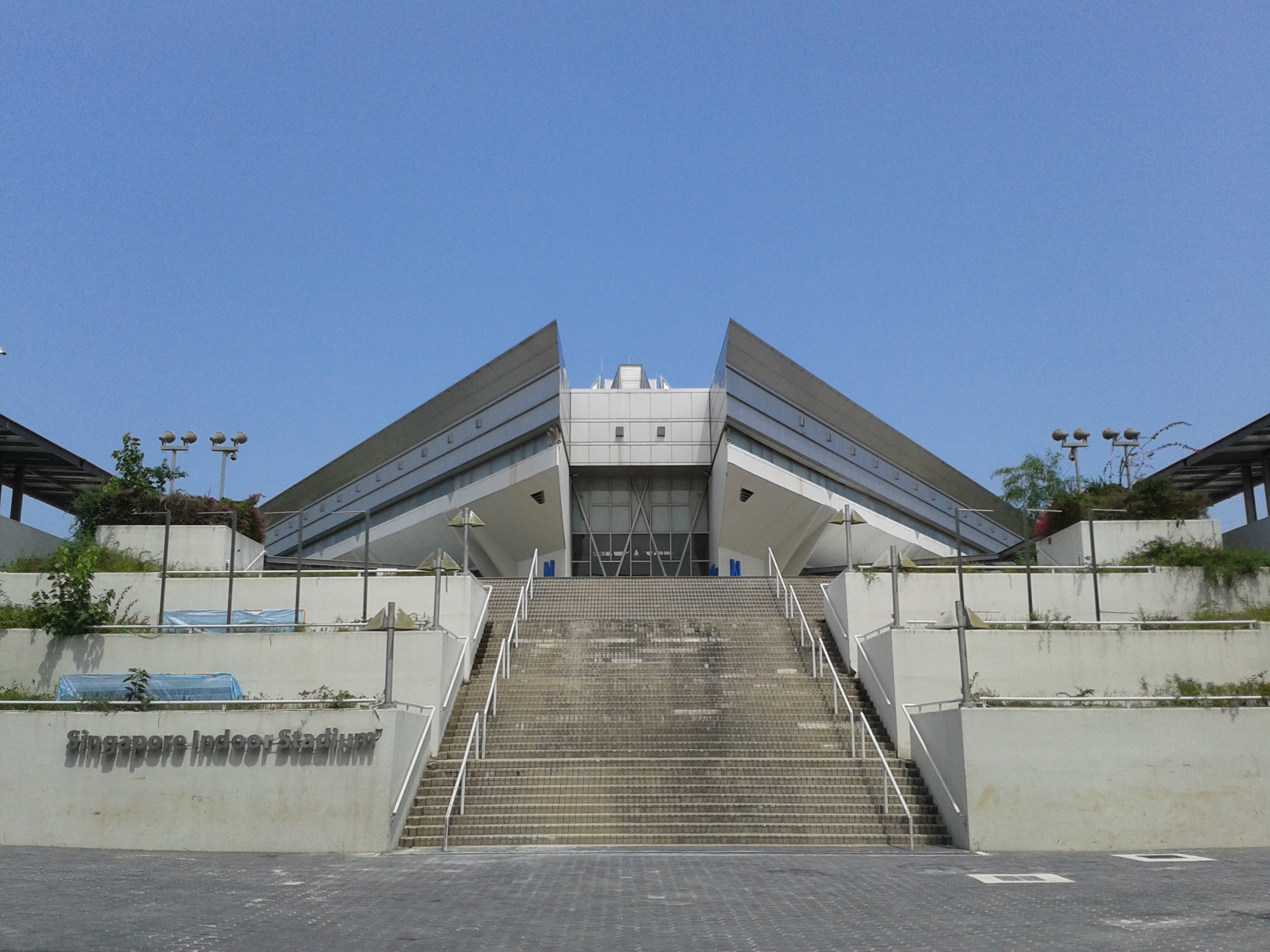
This three-decade-old stadium will be replaced as part of the Kallang Alive project, but for now, not much details are known.
Reader: Wait, I’m going to a concert there later this year, will it be cancelled?
Don’t worry as the new indoor arena will be built next to the Singapore Indoor Stadium, allowing the Singapore Indoor Stadium to operate while the indoor arena is being constructed. So, yes, all concerts and events will proceed as planned.
New Infrastructure for National Servicemen and Regulars
Minister for Defence Dr Ng Eng Hen also announced that the Singapore Armed Forces (SAF) has made sizeable investments in building up infrastructure to train its national servicemen (NSmen) and Regulars.
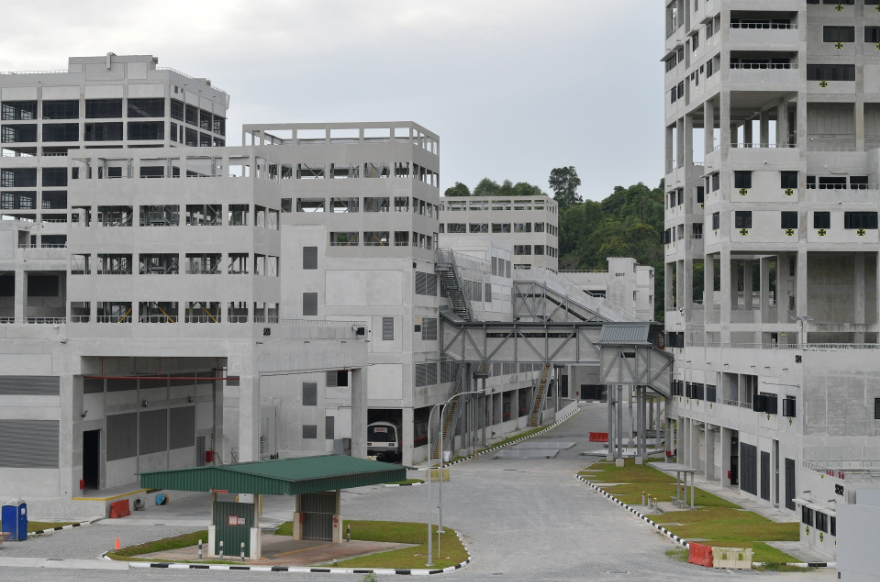
Reader: Huh? That’s training ground for SAF? Why does it look like a regular civilian area?
That’s the whole point!
SAFTI City shown in the picture above is supposed to simulate a realistic urban environment. It features diverse building types, a bus interchange, an MRT station, and a multi-storey carpark.
How neat is that?
On top of Phase 1 of SAFTI City, three Instrumented Battle Circuits (iBACs) will be progressively opened for training this year.
The first of the three iBACs to be ready is the Murai Urban Battle Circuit (MUBC), which is equipped with smart targetry “shoot-back” systems (SBS) and realistic battlefield effects to create an immersive training environment.
With the SBS, the targets will be able to fire at soldiers and be fired upon.
Reader: The targets will fire at my son????!!!!??!?!?!!?!?
Well, yes, but actually, no.
During training, soldiers will put on the laser-based Tactical Engagement System (TES) before engaging their targets, which will emit sounds and light to simulate shooting back at the troops.
So no, no bullets will be fired at your son.
Also, sounds quite fun ah. Maybe I should sign on.
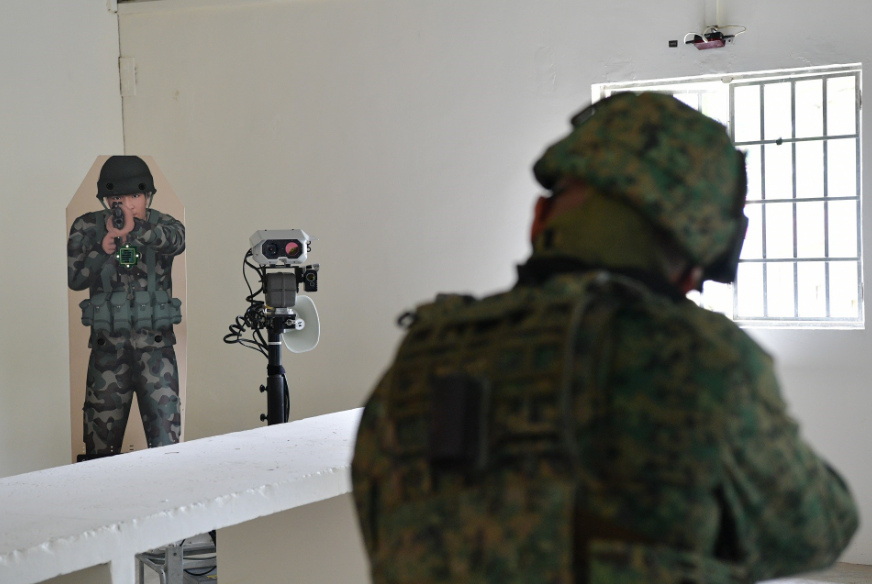
And, get this, the expansion of Shoalwater Bay Training Area (SWBTA) in Australia had nearly been completed. With the development of the adjacent Greenvale Training Area, the combined training area will be 10 times the size of Singapore.
TEN TIMES THE SIZE OF SINGAPO-
A new Central Manpower Base (CMPB) in Bukit Gombak, opposite Cashew MRT station, will also be opened in phases from next year. This will serve as an integrated service hub for all NS-related administration for pre-enlistees, National Service Forces (NSFs), and NSmen.
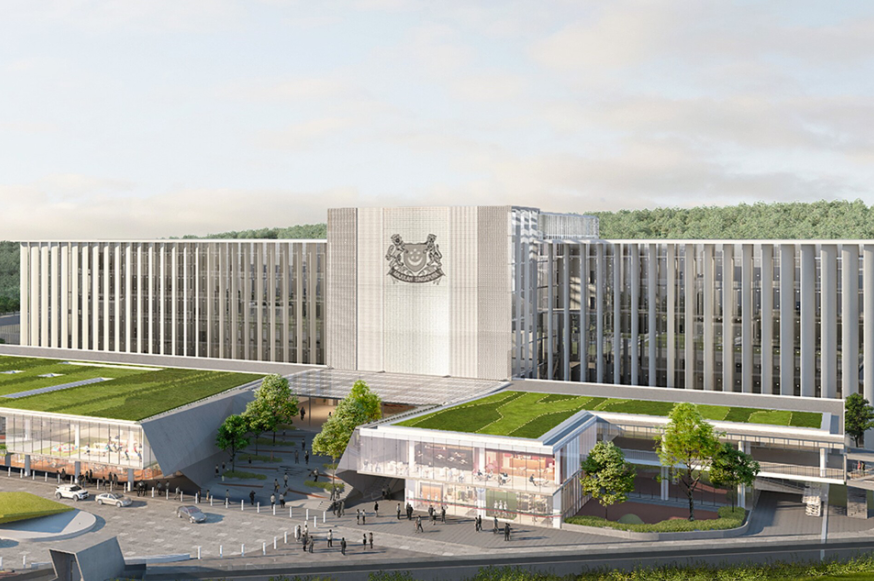
Servicemen will be able to undergo the Health Screening Programme, take their Individual Physical Proficiency Test (IPPT), or attend NS FIT training at the all-weather Fitness Conditioning Centre.
The new CMPB will be seamlessly connected and sheltered from Cashew MRT, making it convenient to get to.
Obviously, none of these are cheap and money doesn’t fall from the sky. That’s why MINDEF needs to “justify” it’s spending to get money from the gahmen.
New Healthcare Facilities
The Ministry of Health (MOH) announced that it has commenced planning for a new integrated general and community hospital in Tengah Town to serve the growing population in the Western region of Singapore.
The hospital will be operated by the National University Health System (NUHS) and should be ready in about 10 years.
Sorry, it won’t be ready tomorrow or next week. Takes a bit of time to build.
On top of this, MOH announced that it is also on track to expand its network of polyclinics to 32 by 2030. Khatib Polyclinic will open this year, and five more polyclinics are scheduled to be completed by 2027. By 2030, yet another two more polyclinics are scheduled to be completed. These polyclinics will be in areas like Serangoon, Yew Tee, and Bishan.
MOH also plans to establish a new not-for-profit private hospital catering primarily to Singaporeans from 2030. Industry consultation for the new model is still currently ongoing. The hospital will provide cost-effective quality care, with stronger governance over its doctors’ clinical practices through a singularly licensed model.
Friendly and Safer Streets
An additional S$1 billion will also be set aside for the Land Transport Authority (LTA) to make Singapore’s streets safer and friendlier.
Reader: Friendlier? Will PM Lee be on the street waving to me?
No, the streets will be more child-friendly and senior-friendly.
Reader: Oh, so streets will have colouring books and mahjong tables?
Not quite…
There will be street signs, green road surface markings and road humps remind motorists to slow down when entering and driving along Friendly Streets.
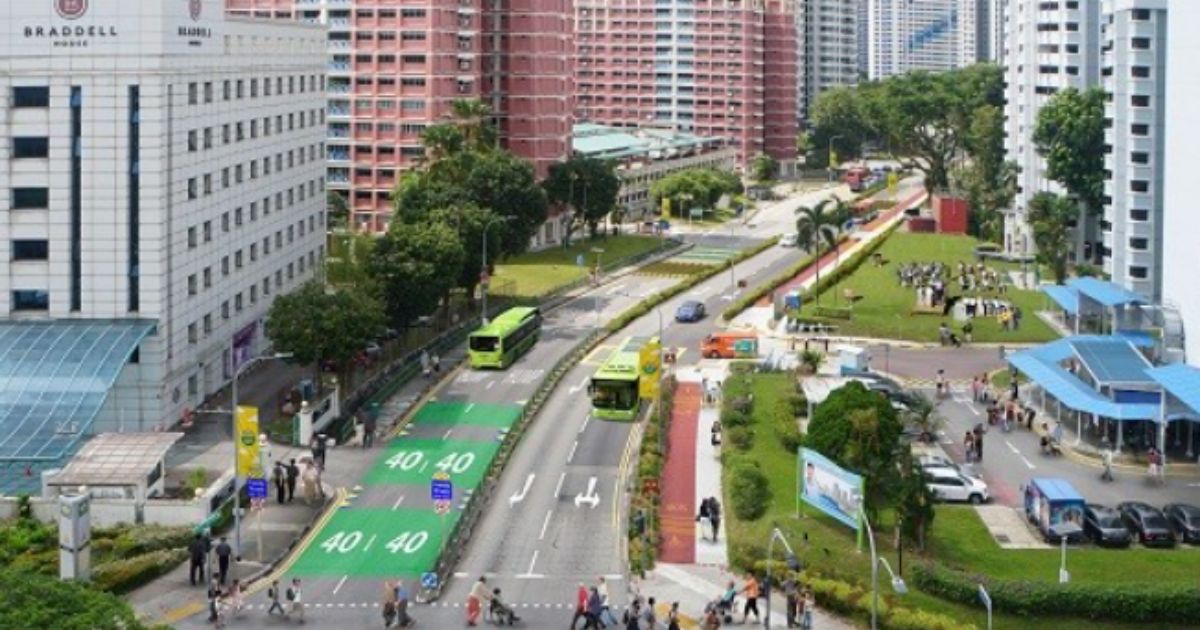
Several bus stops will also have additional seats with arm and backrests to make them friendlier for seniors, and more covered linkways will be built between MRT stations and key facilities in the vicinity such as hawker centres and community clubs.
All the ministries want money to carry out their various activities, and need to justify their spending, so there have been way too many announcements made for me to cover in this one article.
But believe me, there are so many more plans that will be carried out this year.
And, because there have been so many announcements of plans, lots of funding is needed. The total cost of the Budget is $131.4 billion.
Yeah, I also wonder where on earth all this money comes from. But even if we have a ton of money, we can’t anyhow spend it because as PM Lee said, we are not Ah Sia Kia.
Also for the first time in 3 years, both PAP and the opposition parties support the budget.
We are one step closer to world peace.
No more announcements will be made regarding new plans, so now you can take your time and slowly go through the various press releases and articles on all the ministries’ plans so you know what to expect this year.


